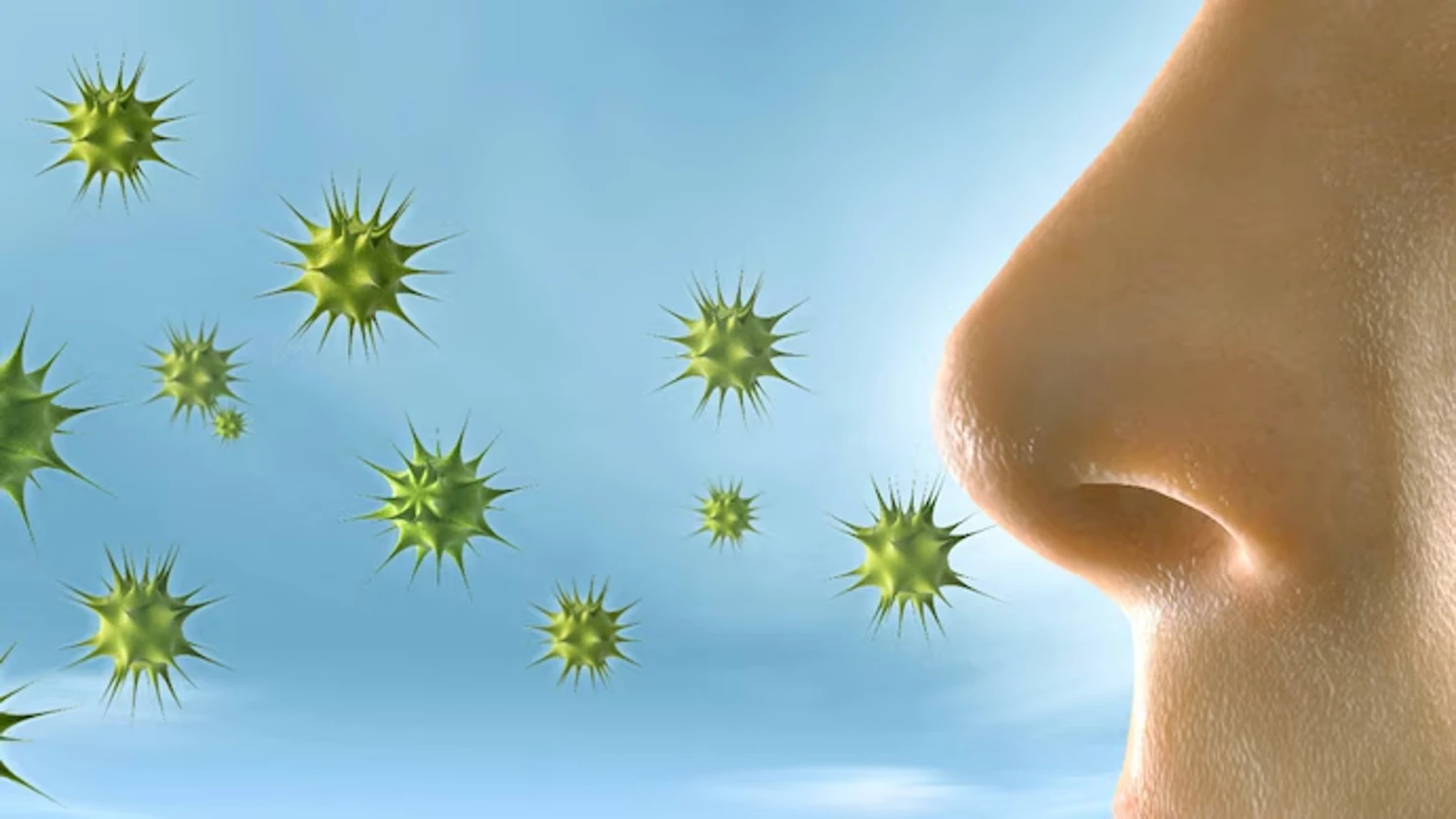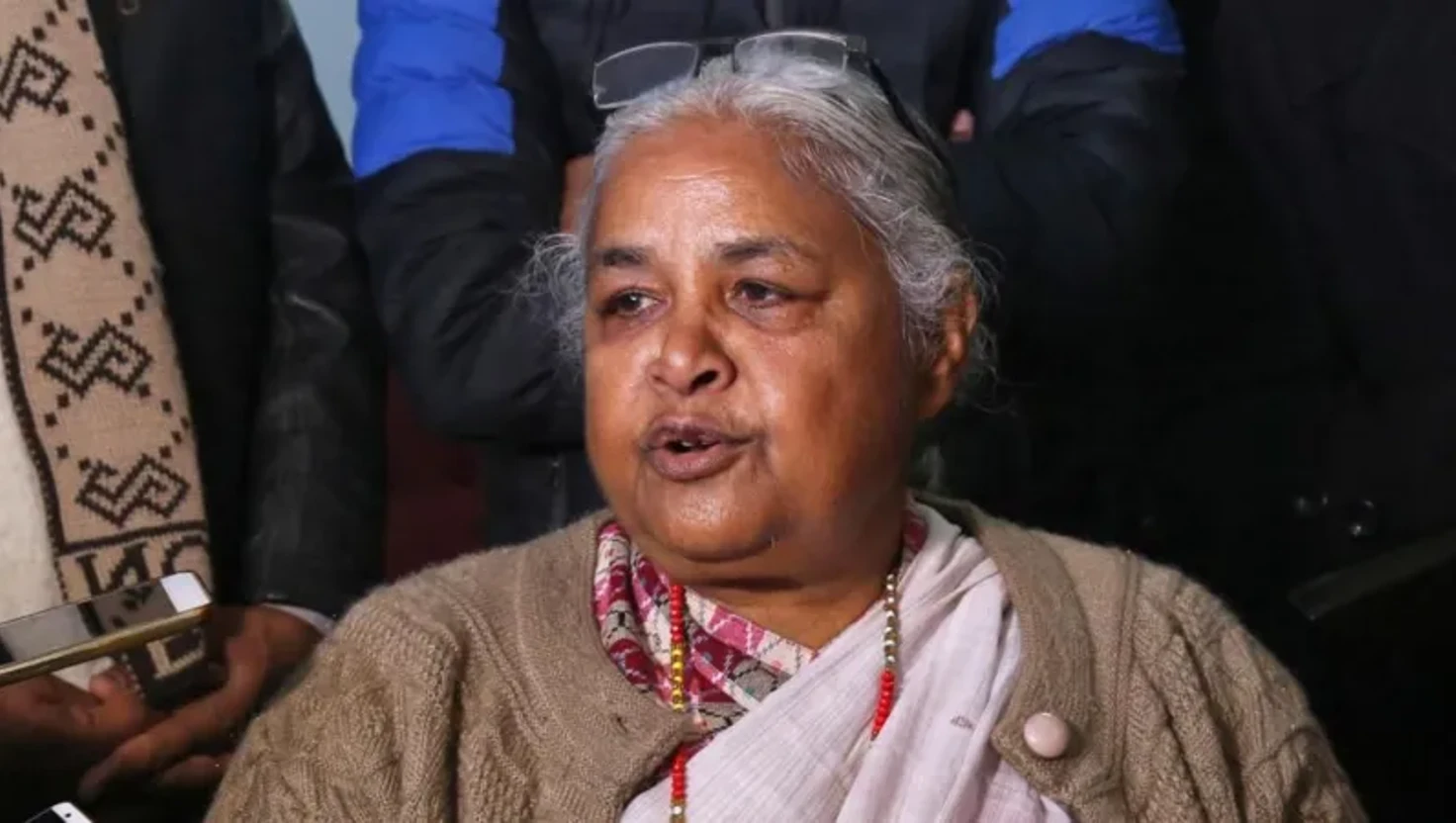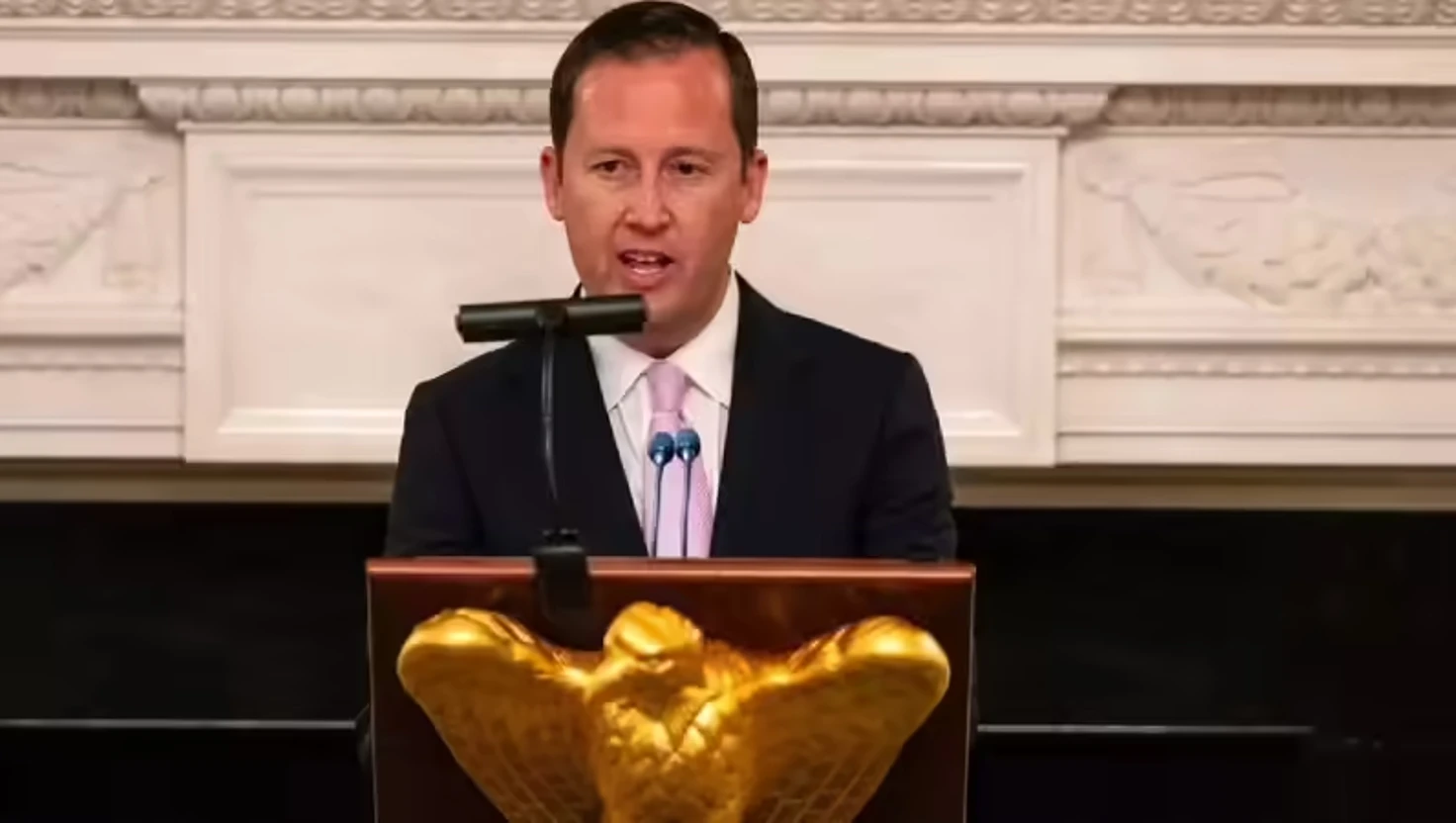Surge in H3N2 Influenza Cases Reports in Delhi Hospitals

Surge in H3N2 Influenza Cases Reports in Delhi Hospitals
Delhi hospitals report a rise in H3N2 influenza cases, prompting health officials to urge vigilance and protective measures amidst ongoing illness.
Delhi has witnessed a significant uptick in influenza cases over the past week, primarily attributed to the H3N2 virus. Health officials report that nearly 90% of recent diagnoses relate to flu infections.
On Friday, Pankaj Singh, the Health Minister of Delhi, announced that healthcare facilities across the capital are fully equipped to manage H3N2 cases, a subtype of the influenza A virus.
Understanding H3N2
The H3N2 virus is closely associated with seasonal flu outbreaks globally, as noted by the World Health Organization (WHO). The virus spreads easily through respiratory droplets, which can occur when an infected person coughs, sneezes, or speaks. Additionally, H3N2 can be transmitted indirectly through contaminated surfaces such as doorknobs.
Symptoms of H3N2
Symptoms generally surface between one to four days post exposure to the virus. Notably, unlike typical seasonal flu, H3N2 infections can last longer and may escalate into serious complications like pneumonia.
Common indicators of this viral infection include:
- A sudden onset of high fever
- A persistent cough accompanied by a sore throat
- A runny or congested nose
- Body aches and muscular discomfort
- Headaches alongside prolonged fatigue
Medical professionals, including Dr. Ambuj Garg from Sir Ganga Ram Hospital, recommend seeking medical attention if symptoms persist beyond five days.
Precautions Recommended
To mitigate the risk of contracting H3N2, Dr. Garg has suggested several preventative measures. These include wearing masks in public spaces, consuming a nutritious diet rich in vitamins, staying hydrated with warm beverages, and incorporating warm milk into daily nutrition to enhance immune response.
Healthcare experts emphasise that, unlike the regular flu, typical over-the-counter remedies such as paracetamol may not alleviate the severe symptoms associated with H3N2 effectively.
As the outbreak continues to evolve, authorities are advising the public to remain vigilant and prioritise health safety measures. Hospitals are bracing for potential increases in hospitalised patients as complications related to H3N2 may necessitate medical intervention.
This development highlights the importance of public health awareness and preparedness in combating infectious illnesses, particularly during periods of increased respiratory infections.
For continuous updates and expert advice on managing flu symptoms, citizens are encouraged to consult health authorities and engage in community health initiatives that promote better hygiene and vaccination efforts during flu season.
On Friday, Pankaj Singh, the Health Minister of Delhi, announced that healthcare facilities across the capital are fully equipped to manage H3N2 cases, a subtype of the influenza A virus.
Understanding H3N2
The H3N2 virus is closely associated with seasonal flu outbreaks globally, as noted by the World Health Organization (WHO). The virus spreads easily through respiratory droplets, which can occur when an infected person coughs, sneezes, or speaks. Additionally, H3N2 can be transmitted indirectly through contaminated surfaces such as doorknobs.
Symptoms of H3N2
Symptoms generally surface between one to four days post exposure to the virus. Notably, unlike typical seasonal flu, H3N2 infections can last longer and may escalate into serious complications like pneumonia.
Common indicators of this viral infection include:
- A sudden onset of high fever
- A persistent cough accompanied by a sore throat
- A runny or congested nose
- Body aches and muscular discomfort
- Headaches alongside prolonged fatigue
Medical professionals, including Dr. Ambuj Garg from Sir Ganga Ram Hospital, recommend seeking medical attention if symptoms persist beyond five days.
Precautions Recommended
To mitigate the risk of contracting H3N2, Dr. Garg has suggested several preventative measures. These include wearing masks in public spaces, consuming a nutritious diet rich in vitamins, staying hydrated with warm beverages, and incorporating warm milk into daily nutrition to enhance immune response.
Healthcare experts emphasise that, unlike the regular flu, typical over-the-counter remedies such as paracetamol may not alleviate the severe symptoms associated with H3N2 effectively.
As the outbreak continues to evolve, authorities are advising the public to remain vigilant and prioritise health safety measures. Hospitals are bracing for potential increases in hospitalised patients as complications related to H3N2 may necessitate medical intervention.
This development highlights the importance of public health awareness and preparedness in combating infectious illnesses, particularly during periods of increased respiratory infections.
For continuous updates and expert advice on managing flu symptoms, citizens are encouraged to consult health authorities and engage in community health initiatives that promote better hygiene and vaccination efforts during flu season.

SEBI Eases IPO Regulations for Large Companies and Foreign Investors
The Securities and Exchange Board of India relaxes IPO requirements while introducing new frameworks aimed at foreign investors and compliance.
| 2025-09-13

Delhi High Court Rules on Personality Rights of Actors Abhishek and Aishwarya Rai Bachchan
The Delhi High Court safeguards the personality rights of Bollywood actors Abhishek and Aishwarya Rai Bachchan from unauthorised online exploitation.
| 2025-09-13

Sushila Karki takes over as Nepal's first female PM
Sushila Karki has taken office as Nepal’s first female Prime Minister amid widespread protests and political upheaval.
| 2025-09-13

Trump May Visit India For QUAD Meet, Trade Deal Imminent: US envoy
Sergio Gor, US ambassador nominee to India, signals imminent trade deal and highlights strategic relationship between the two nations.
| 2025-09-12

Trump ally Charlie Kirk shot dead
Conservative activist Charlie Kirk was shot dead during a speaking event at Utah Valley University, prompting widespread condemnation and calls for peace.
| 2025-09-11




